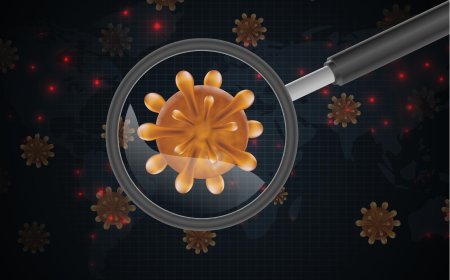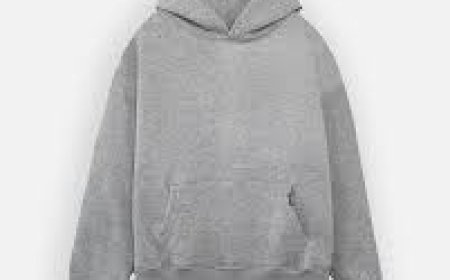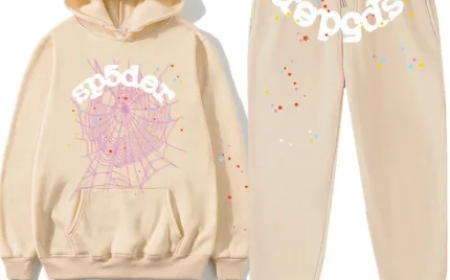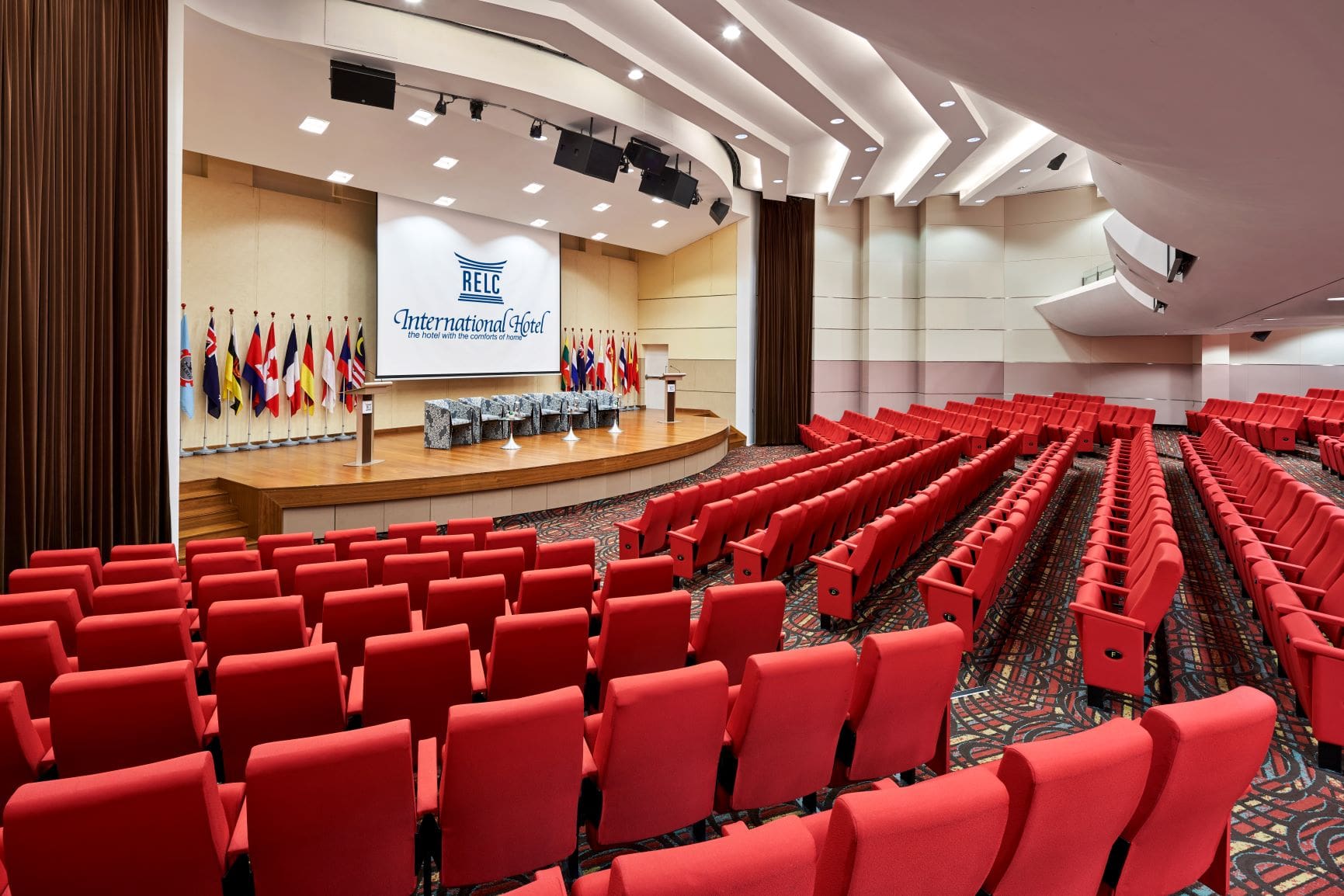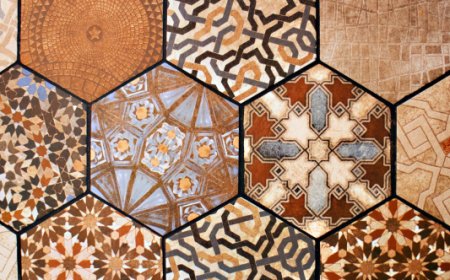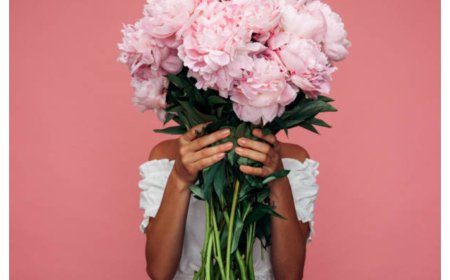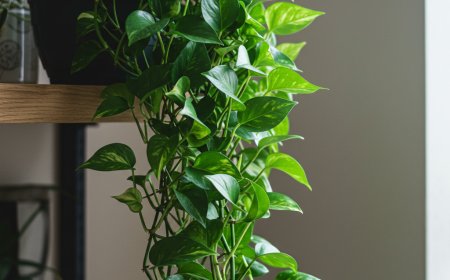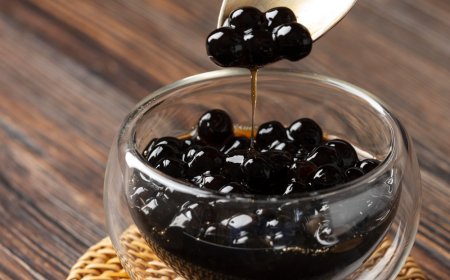Indigo Fabric: A Timeless Textile with Deep Cultural Roots
Indigo fabric is one of the world’s most ancient and iconic textiles, celebrated for its deep, natural blue hue and traditional craftsmanship.
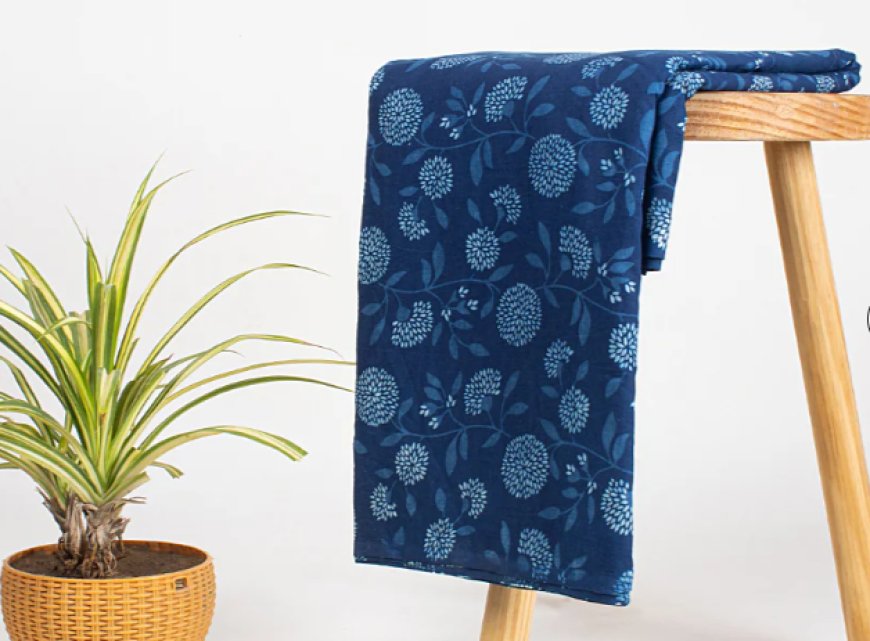
Indigo fabric is one of the worlds most ancient and iconic textiles, celebrated for its deep, natural blue hue and traditional craftsmanship. Derived from the indigo plant (Indigofera tinctoria), this dye has been used for centuries across Africa, Asia, and the Americas. The dyeing process and the resulting textiles not only reflect artistic mastery but also cultural depth, sustainability, and historical continuity.
For generations, indigo-dyed fabrics have held significance in ritual, social, and commercial contexts. From ancient Indian textiles and African ceremonial garments to Japanese kimonos and modern fashion collections, indigo fabric represents an enduring blend of tradition and innovation.
The Origin and Global Journey of Indigo Dyeing
The story of indigo fabric spans continents. The earliest records trace indigo dyeing to the Indus Valley Civilisation around 2500 BCE. It later spread across Egypt, West Africa, and East Asia. Indian indigo was highly prized by Greek and Roman traders and became central to colonial trade networks during the British Empire.
In West Africa, indigo held spiritual importance and was used in intricate resist-dyeing techniques like adire and tie-dye. In Japan, aizome (indigo dyeing) became an art form in itself. The global reach of indigo reflects its universal appeal and the mastery required to produce it.
How Indigo Fabric Is Made: A Detailed Overview
1. Cultivation of the Indigo Plant
The process begins with the cultivation of indigo plants, typically grown in tropical and subtropical climates. Once matured, the leaves are harvested and soaked in water, initiating fermentation that converts indicana compound in the leavesinto indigotin, the blue dye pigment.
2. Fermentation and Dye Extraction
The fermentation process is crucial. The leaves are soaked in large vats, allowing natural enzymes to break down the plant matter. This liquid is then oxygenated through agitation, turning greenish-yellow water into a rich, blue solution. The resulting sediment, or dye paste, is collected and dried for future use.
3. Preparing the Fabric
Cotton, silk, or wool are the most common base fabrics for indigo dyeing. Before dyeing, the fabric is cleaned and sometimes treated with mordants or natural fixing agents to ensure colour and improved absorption.
4. Dyeing the Fabric
Unlike other dyes, indigo does not dissolve in water. Instead, it must be reduced to a soluble form through fermentation or rapid chemical reduction. The fabric is then dipped into the indigo vat and exposed to air. Upon oxidation, it turns from yellow-green to deep blue. Multiple dips yield darker shades.
5. Final Washing and Drying
Once the desired color is achieved, the fabric is thoroughly rinsed to remove excess dye and dried in the shade. The fibre result is a rich, earthy blue fabric that is both visually striking and exceptionally durable.
Popular Indigo Fabric Techniques and Styles
1. Dabu (Mud Resist) Printing
Dabu is a traditional Indian technique that uses mud to resist-dye areas of fabric. After applying the mud mixture with wooden blocks, sawdust is sprinkled to prevent smudging. The fabric is then dyed in indigo vats, creating mesmerising contrasts between dyed and undyed sections.
2. Shibori (Japanese Tie-Dye)
This involves folding, twisting, and binding the fabric before dyeing. The pressure resists the dye in specific areas, producing intricate patterns. Shibori is valued for its symmetry and unpredictability, giving each piece a unique identity.
3. Batik
Though usually associated with wax-resist dyeing, batik also incorporates indigo in traditional regions like Indonesia and Malaysia. The wax is applied in detailed patterns before dipping the fabric in indigo, creating a layered and artistic result.
4. African Indigo Dyeing
In countries like Nigeria, indigo dyeing is a communal, ceremonial process. Techniques like adire oniko (tie and stitch resist) and adire eleko (starch resist) are passed down through generations, often crafted by female artisans.
Why Indigo Fabric Is an Eco-Friendly and Sustainable Choice
Indigo dye, especially when naturally derived, is an environmentally responsible option compared to synthetic dyes. It is biodegradable, non-toxic, and derived from renewable plant sources. The water used in traditional fermentation can often be recycled, and the dyeing process requires minimal mechanical energy.
Artisans working with natural indigo follow time-tested methods that generate little to no industrial waste. Supporting indigo fabric means encouraging sustainable fashion, preserving heritage crafts, and promoting ethical labour practices.
Applications of Indigo Fabric in Fashion and Lifestyle
1. Apparel
Indigo fabric is widely used in modern and ethnic wear. From flowing maxi dresses, tunics, and kurta sets to trousers, jackets, and even denim alternatives, the fabrics durability and breathability make it a favourite among designers and consumers alike.
2. Home Dcor
Indigo textiles add a rustic and artistic flair to home interiors. Cushion covers, bedspreads, table runners, and curtains made from hand-dyed indigo fabric introduce elegance with an organic, earthy feel.
3. Accessories
Scarves, stoles, handbags, and even shoes are increasingly being crafted from indigo-dyed textiles. The fabrics ability to hold intricate patterns and its rich colour depth make it ideal for statement pieces.
How to Care for Indigo Fabric
Preserving the beauty and longevity of indigo-dyed fabric requires mindful care:
-
Wash Separately: Natural indigo may bleed during the first few washes. Hand wash separately in cold water.
-
Use Mild Detergents: Avoid harsh chemicals and opt for pH-neutral soaps.
-
Avoid Prolonged Sun Exposure: Dry in the shade to maintain colour vibrancy.
-
Iron on the Reverse Side: To protect the print and colour depth.
With proper care, indigo fabrics age beautifully, developing a patina that enhances their charm.
Where to Find Authentic Indigo Fabric
1. Artisan Markets and Craft Clusters
Visit traditional textile hubs in India (Rajasthan, Gujarat, Andhra Pradesh), Japan (Tokushima), and West Africa to find authentic, artisan-made indigo fabrics.
2. Fair Trade and Ethical Brands
Look for certified brands that source directly from artisans and cooperatives. Labels such as Craftmark, Fair Trade Certified, and Handloom Mark help ensure authenticity.
3. Online Platforms
Reputed online marketplaces offer a wide range of hand-dyed indigo fabrics. Ensure the seller provides information on the dyeing process and sources their textiles ethically.
Conclusion: Indigo Fabric as a Symbol of Ethical Elegance
Indigo fabric is more than a textileit is a legacy woven in time. With every thread dyed in the deep blue of the indigo plant, it tells a story of patience, precision, and passion. Embracing indigo means choosing timeless fashion, supporting artisanal communities, and advocating for sustainability.
In a world overwhelmed by fast fashion and synthetic dyes, indigo fabric offers a refreshing return to natural beauty, ethical values, and cultural richness. Whether you're designing a new collection or curating your wardrobe, indigo textiles bring a depth of colour and meaning unmatched by modern alternatives.





